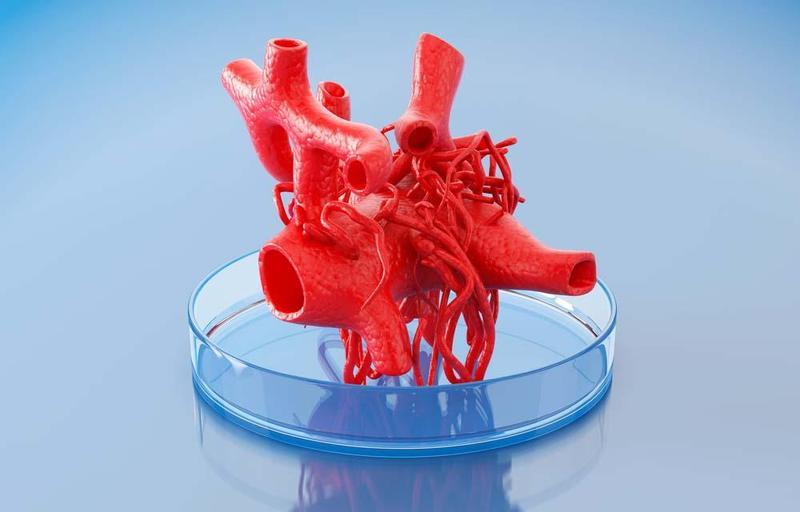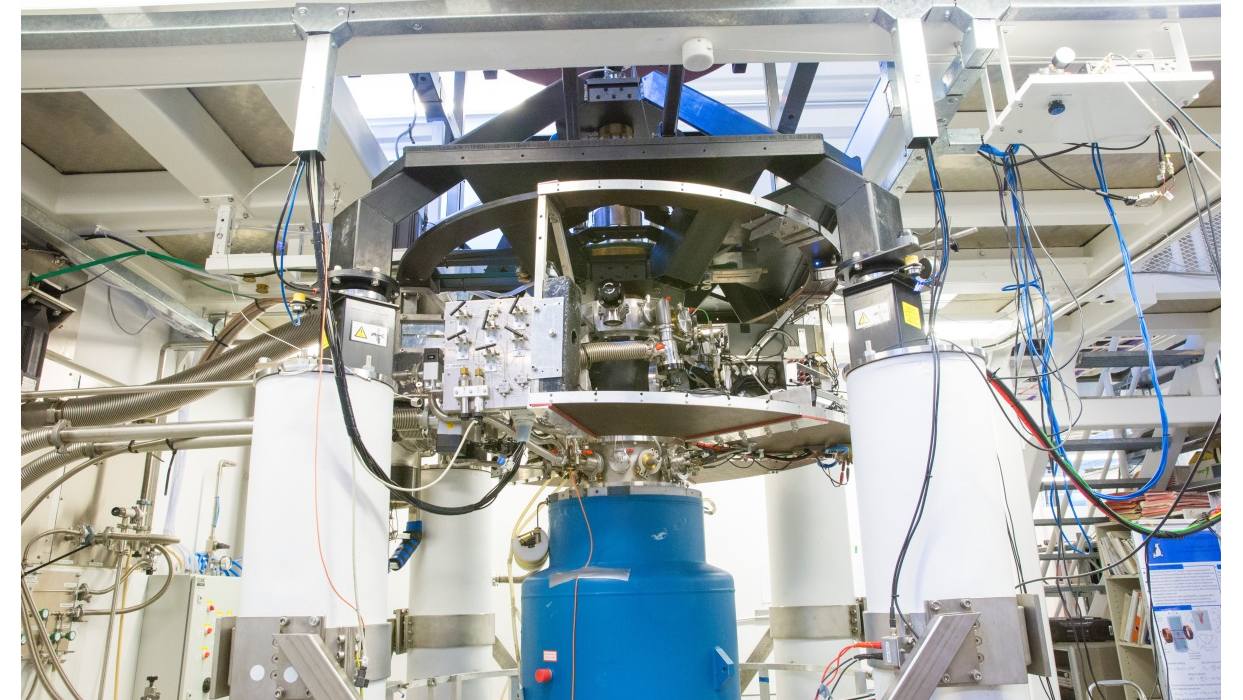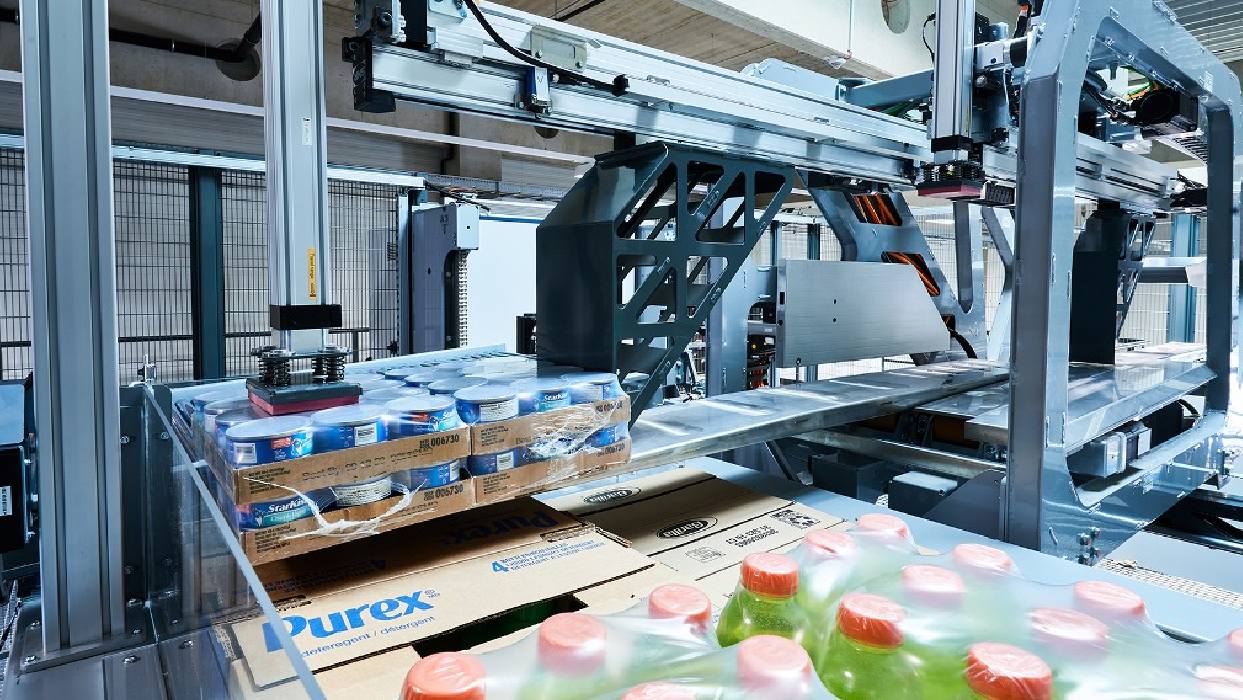The Promise of Bioprinting in Regenerative Medicine
The 3D printing of tissues and organs, known as bioprinting, holds immense promise for regenerative medicine. This technology has the potential to address critical challenges such as organ transplant shortages by creating functional, lab-grown alternatives. Bioprinted tissues and organoids can be used for drug testing. They are also valuable for disease modeling. This reduces reliance on animal testing and improves research accuracy. As advancements continue, bioprinting could revolutionize healthcare by offering personalized solutions tailored to individual patients. However, challenges such as scalability and regulatory approval must still be overcome before widespread adoption becomes a reality.

Swarm Robotics: Nature-Inspired Solutions for Complex Problems
Swarm robotics takes inspiration from the collective behavior of social insects like ants and bees. It involves coordinating large numbers of simple robots. These robots work together to perform complex tasks. These systems are particularly useful in scenarios requiring scalability and adaptability, such as search-and-rescue operations, environmental monitoring, and agricultural management. Swarm robotics distributes tasks among many small robots. This approach offers robustness and efficiency. The failure of one unit does not compromise the entire system. This technology is still in its early stages. However, it is expected to play a significant role in addressing real-world challenges. It will do so through decentralized, collaborative approaches.

Time Crystals: A New Frontier in Quantum Physics
Time crystals are theoretical constructs that exhibit periodic behavior in time rather than space. They represent a groundbreaking advancement in quantum physics and materials science. Unlike traditional crystals, which have repeating patterns in space, time crystals maintain continuous oscillations without external energy input. This unique property opens new avenues for understanding quantum mechanics and developing advanced technologies, such as more efficient quantum computers. Although time crystals were once considered purely theoretical, recent experiments have demonstrated their feasibility. This has sparked excitement about their potential applications in science and engineering.

Overcoming Challenges in Emerging Technologies
Despite their transformative potential, emerging technologies face significant hurdles before they can achieve widespread implementation. For bioprinting, issues like cost, scalability, and ethical considerations must be addressed. Swarm robotics requires advancements in artificial intelligence and communication protocols to ensure seamless coordination among robots. In the case of time crystals, further research is needed to fully understand their properties and practical uses. These challenges highlight the importance of interdisciplinary collaboration. They also emphasize the need for sustained investment in research and development to unlock the full potential of these innovations.
The Future Impact of Emerging Technologies
As these technologies mature, their impact on society is expected to be profound. Bioprinting could eliminate transplant waitlists and revolutionize personalized medicine. Swarm robotics may transform industries by enabling efficient, scalable solutions for complex problems. Meanwhile, time crystals could redefine our understanding of quantum systems and lead to breakthroughs in computing and materials science. Together, these advancements underscore humanity’s ability to push the boundaries of science. They pave the way for a future where seemingly impossible ideas become reality.
Pioneering the Next Wave of Innovation
Emerging technologies like bioprinting, swarm robotics, and time crystals are at the forefront of scientific progress. Bioprinting offers hope for regenerative medicine by addressing organ shortages and advancing drug testing. Swarm robotics draws inspiration from nature to solve complex tasks through decentralized systems. Time crystals, with their unique temporal behavior, open new possibilities in quantum physics. Despite challenges, these innovations hold immense potential to transform industries and improve lives. By investing in research and overcoming obstacles, we can harness these technologies to create a brighter, more sustainable future.











Leave a Reply